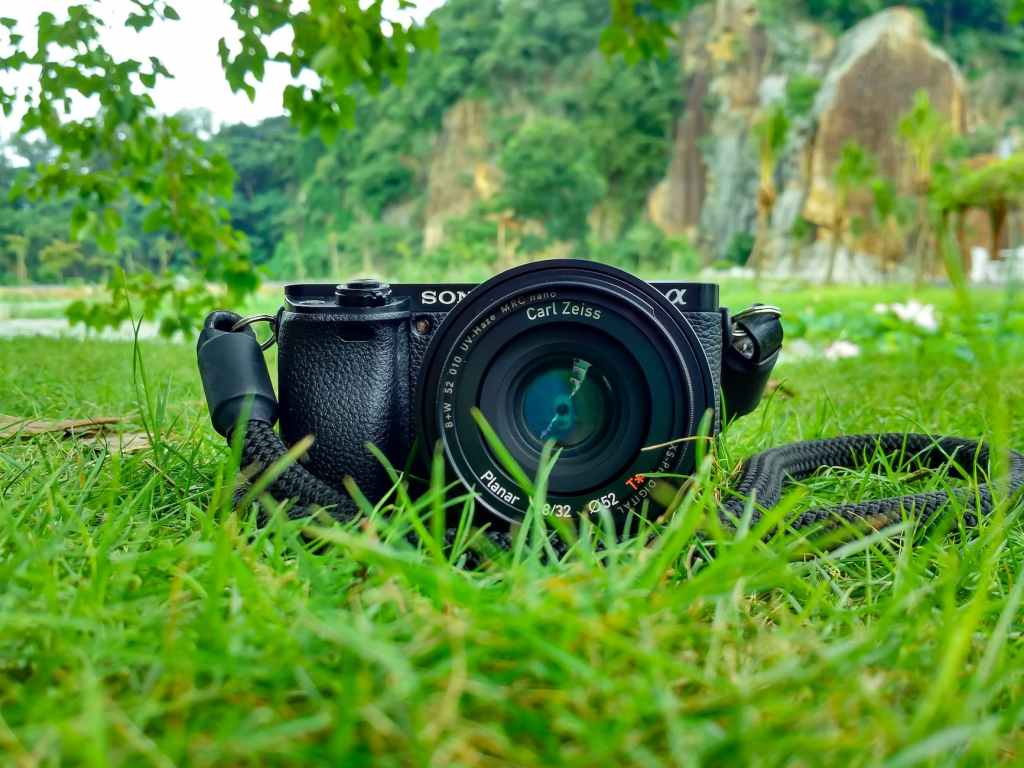In the vast universe of filmmaking, understanding camera shots and angles is akin to wielding a powerful storytelling wand. It’s not just about capturing images; it’s about orchestrating a symphony of emotions, perspectives, and narrative nuances. (Not sure where to start? Check out this lesson on shots & angles – it includes a self-grading quiz!: https://www.teacherspayteachers.com/Product/Video-Technology-Camera-Shots-Angles-Lesson-Auto-Graded-Quiz-Grades-9-12-10650428)
1. Crafting Visual Narratives: Imagine a film devoid of close-ups, with every scene shot at a distance. It might resemble a static painting rather than a dynamic, emotion-evoking story. Teaching students various camera shots equips them with the tools to create visual narratives that resonate with the audience on a profound level. From the intimacy of a close-up to the grandeur of an establishing shot, each frame contributes to the overall storytelling experience.
2. Developing Cinematic Literacy: Just as we learn to dissect the themes of a novel or analyze the symbolism in a poem, teaching camera shots and angles nurtures cinematic literacy. Students become fluent in the visual language of film, allowing them to appreciate and deconstruct the choices made by directors and cinematographers. This literacy extends beyond the screen, enhancing their ability to critically engage with media in our visually dominated world.
3. Fostering Creativity and Expression: Filmmaking is an art form, and like any art, it thrives on creativity and expression. Introducing students to a diverse palette of camera shots empowers them to tell stories in unique and innovative ways. Whether it’s the vulnerability captured in a high-angle shot or the suspense heightened by an oblique angle, each choice is an opportunity for students to infuse their own creative fingerprint into their work.
4. Cultivating Collaboration and Communication: Filmmaking is a collaborative endeavor that demands effective communication. Teaching students about camera shots and angles encourages collaboration between directors, cinematographers, and the entire production team. By understanding the visual vocabulary, students learn to articulate their creative vision, fostering a collaborative spirit that is vital for success in the film industry.
5. Preparing for a Digital World: In today’s digital age, where content is king, visual storytelling has become a potent currency. Teaching students about camera shots and angles equips them with valuable skills for an era dominated by video content. Whether creating vlogs, short films, or multimedia presentations, the ability to leverage cinematographic techniques becomes an invaluable asset in various creative and professional pursuits.
As we empower the next generation of storytellers, let’s remember that teaching camera shots and angles isn’t just about framing a scene – it’s about opening doors to a world where imagination meets technique, where stories come to life through the lens of a camera. So, here’s to nurturing the filmmakers of tomorrow and unlocking the boundless potential that lies within every frame. Lights, camera, inspiration!
Check out my lesson on Shots & Angles by clicking the link below. It includes a slideshow with 13 common shot/angle types, a student assignment to give them some practice identifying the types, and then a quiz to check for understanding:



Leave a comment